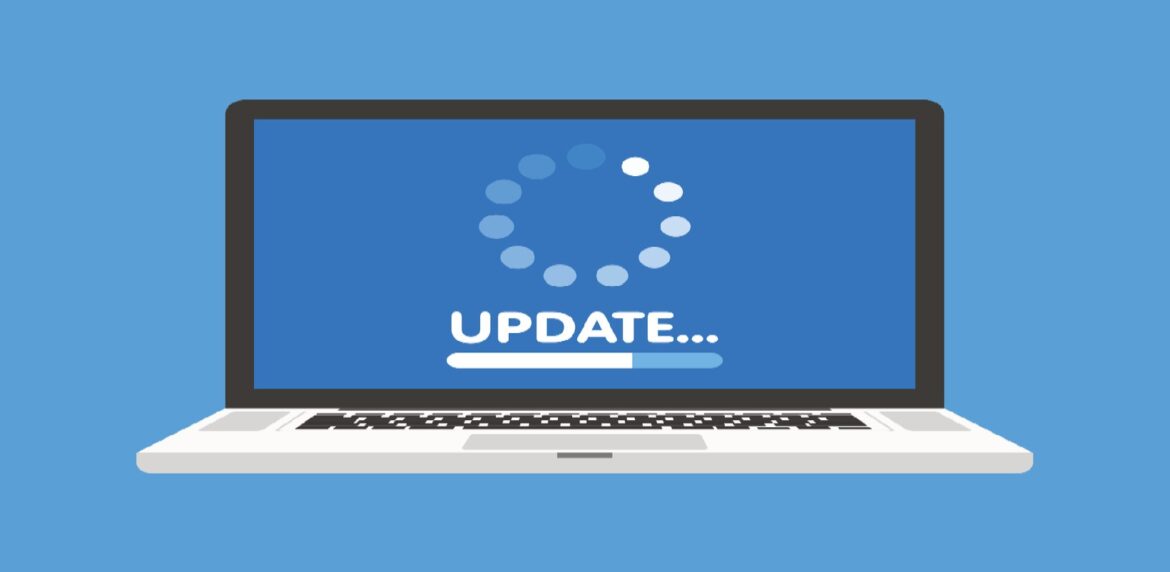
After taking the time to design and develop the perfect website, you want to attract as many visitors as possible to your corner of the internet. And it might not be as difficult as you think. Millions of internet users across the globe will benefit from your website being more accessible.
Website accessibility is all about making online destinations easy to use and navigate by all internet visitors, including users with physical and/or intellectual disabilities that can make surfing the web more difficult.
Imagine owning a brick-and-mortar store that’s not wheelchair accessible. That could hinder hundreds of potential customers from entering your store and buying your goods or services. The same is true for your website: if it isn’t accessible, you could miss out on valuable web traffic.
Want to learn more about making your site more accessible? Reach out to us today.
LET'S CHATThankfully, your website can be more easily accessible by making a few simple improvements.
Improve SEO
While you may already know who your intended audience is, never assume each visitor you’re attempting to reach can see clearly, hear, or use a mouse to navigate your site — or even find it. When your site is search engine optimized (SEO), more people can find you online, whether they’re searching for you specifically or for services you offer.
You can improve your SEO by captioning videos, building and adding a sitemap, and adding internal links.
Add Alt Text to Images
Visually impaired internet users use tools called “screen readers” that read website text aloud. If your site includes dynamic visuals, these users cannot experience them like those with no visual impairment. Be sure to add alt text that clearly describes the images. That way, you’re making sure a significant number of users will find your site should the images come up in a search.
This is especially important for infographics and other explainer images. Be sure that your alt text fully describes the information in the image.
There is one exception to this rule: decorative images. These images do not add to the information you’re trying to convey, so the alt text for them can be as simple as “a smiling man with glasses” or “a vase of colorful, fresh flowers.”
Take Care with Colors
High contrast colors make your website easy to read by all users. Be sure to avoid using red and green color combinations. They are difficult to read and nearly 8% of the population cannot differentiate between the two colors.
Black text on a white background offers the most readability, but don’t think your site has to be boring. Other high-contrast color combinations like yellow text on a black background are also appropriate for certain audiences. Use your favorite search engine to identify other high contrast combos if you’re thinking about making a switch.
Web accessibility is possible with a bit of consideration and a few simple changes to your existing site. Making these slight changes can make a major SEO impact. Search engines prioritize accessible websites and rank them before others, so make sure your site ranks as close to the top as possible.
Further reading and resources:
